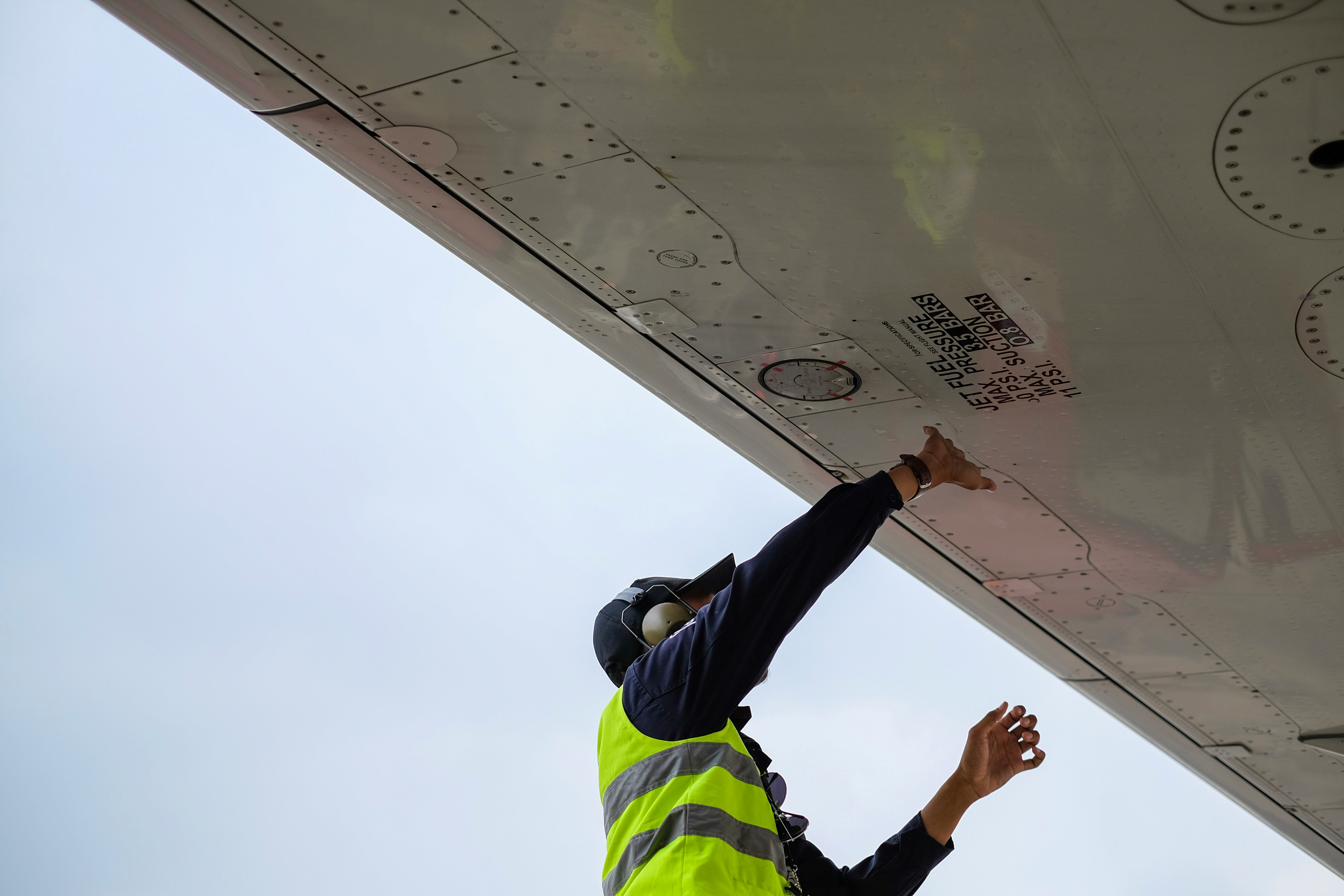Maintenance and Repair Log for Your Property
9 Feb 2025
Creating a Maintenance and Repair Log for Your Property
Introduction
A well-maintained property supports smooth operations and minimizes disputes with landlords. Creating a maintenance and repair log ensures tenants meet their obligations while identifying recurring issues that may warrant landlord intervention. Detailed records can also help track long-term trends in property issues, enabling more effective decision-making during lease negotiations and renewals.
Benefits of a Maintenance Log
Transparency: Clear records of repairs prevent disputes over responsibilities, particularly during lease exit or renewal discussions.
Budget Tracking: Monitor repair costs over time to forecast future expenses and negotiate with landlords where applicable.
Compliance Assurance: Ensure all maintenance aligns with lease terms and regulatory requirements, avoiding penalties or liabilities.
Improved Property Value: Routine maintenance and documented repairs can enhance the property’s overall condition, benefiting both tenants and landlords.
How to Maintain a Repair Log
Categorize Issues: Separate entries by type, such as plumbing, electrical, structural, or HVAC systems.
Record Details: Include specific information such as:
Date of the issue or repair.
Description of the problem.
Actions taken to resolve it.
Costs incurred and parties responsible.
Contact details for contractors involved.
Set Reminders: Schedule routine inspections and recurring maintenance tasks to ensure timely upkeep.
Integrate with Lease Management Systems: Use platforms like Properting to store and manage logs alongside lease agreements for seamless reference.
Expanded Case Study: Effective Maintenance Logs for a Restaurant Group
Background
A group of restaurants in Perth faced frequent disputes with landlords over maintenance responsibilities, particularly for HVAC systems, plumbing repairs, and pest control. The lack of consistent documentation often left the restaurants paying for repairs that should have been covered by the landlord under the lease terms.
Challenges
Ambiguity in Responsibilities: Unclear lease clauses made it difficult to determine who was liable for recurring maintenance issues.
Cost Overruns: Without proper documentation, the restaurants struggled to negotiate reimbursements for repairs they had funded.
Operational Interruptions: Persistent maintenance issues caused delays in operations, impacting customer satisfaction and revenue.
Resolution
Created a Centralized Maintenance Log: The restaurant group implemented a detailed log system across all locations to record repair activities and associated costs.
Standardized Documentation: Each location adopted a standardized format for logging maintenance activities, including before-and-after photos, contractor invoices, and communication records with landlords.
Utilized Digital Tools: Leveraged Properting’s maintenance tracking features to integrate logs with lease agreements and automate reminders for recurring tasks.
Conducted Annual Reviews: The group reviewed logs annually to identify patterns in maintenance issues and address systemic problems with landlords proactively.
Outcome
Reduced Disputes: Documented evidence reduced maintenance-related disputes by 80%, as landlords could no longer deny their contractual responsibilities.
Cost Savings: By negotiating based on documented recurring issues, the group secured a $15,000 rent reduction across all locations to offset maintenance costs.
Operational Efficiency: Timely maintenance reduced downtime by 50%, improving customer satisfaction and overall revenue.
Enhanced Negotiation Power: Detailed logs strengthened the group’s position during lease renewals, allowing for better terms and reduced landlord-driven costs.
Practical Tips for Tenants
Start Early: Begin logging maintenance activities from the first day of tenancy.
Communicate Clearly: Share logs with landlords regularly to ensure alignment on responsibilities.
Leverage Technology: Use digital tools to automate and centralize maintenance tracking, reducing manual errors.
Review Logs Periodically: Identify trends in repair issues to negotiate proactive solutions with landlords.


